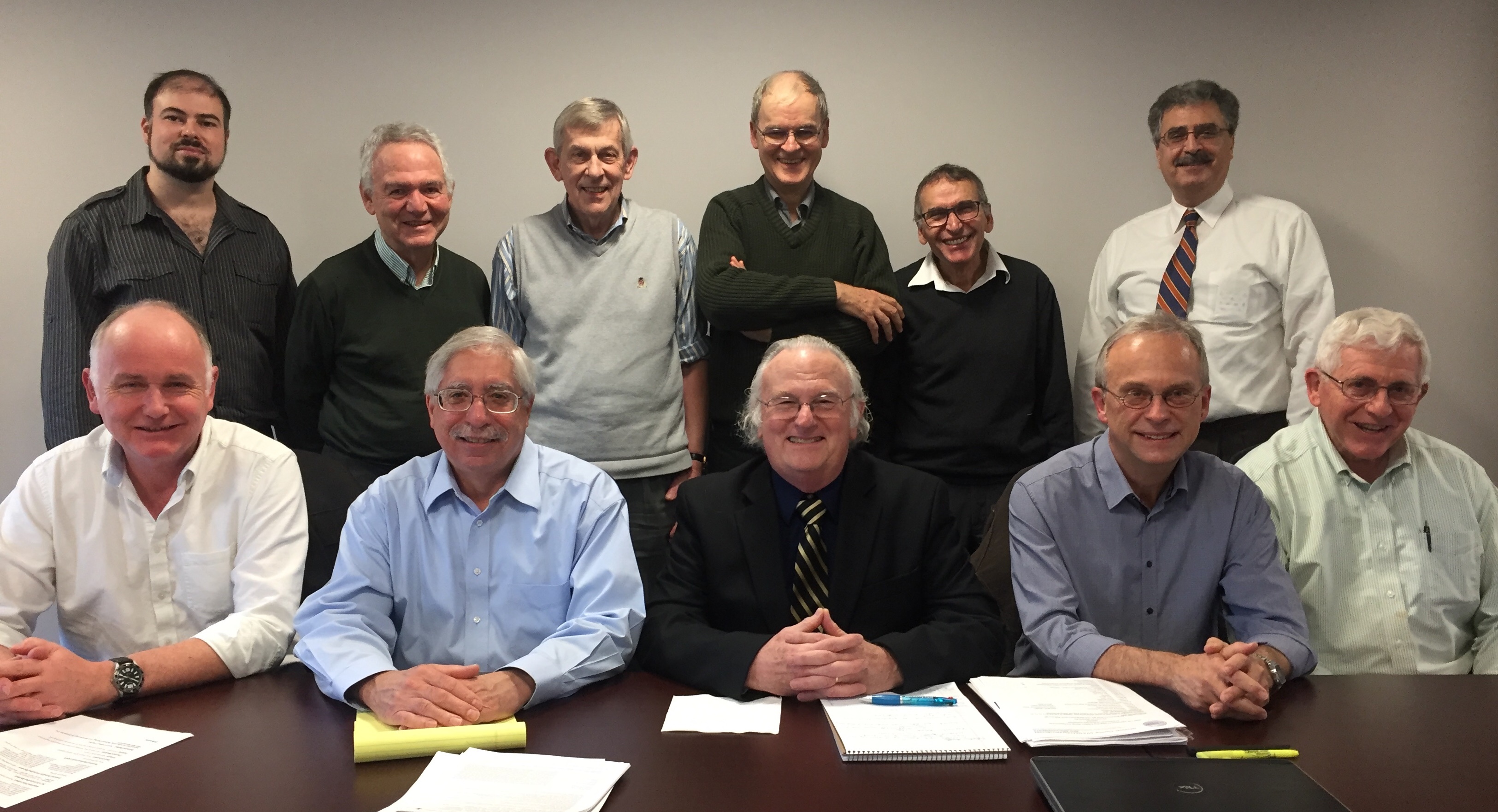
SC 1-26 holds first meeting at NCRP headquarters, November 29 – 30, 2017
Background
NCRP Report No. 171, Uncertainties in the Estimation of Radiation Risks and Probability of Causation (2012) discussed the impact of the several uncertainties in the available epidemiology data and in the approaches used to extrapolate from these data to estimate adverse outcomes at low radiation doses and dose rates. NCRP Commentary No. 24, Health Effects of Low Doses of Radiation: Perspectives on Integrating Radiation Biology and Epidemiology (2015) reviewed the available data on low dose effects at the whole animal, cellular and molecular levels and how these might be integrated into a single approach with epidemiology data. The proposed approach built upon that used in the field of risk assessment for environmental chemicals, namely to develop adverse outcome pathways (AOPs) for radiation-induced cancer and noncancer effects and to identify the key events along such pathways. Key events are envisaged to be used as parameters in biologically-based dose-response (BBDR) models for estimating risks at low doses and dose rates. Simple and sophisticated BBDR models have been developed over a number of years but as knowledge of the etiology of adverse outcomes has been greatly enhanced in the past few years, more and more realistic and predictive models have and can be developed. In addition, there is a quite extensive resource available for the application of the AOP/key rvent approach as applied to the risks from exposure to environmental chemicals. At the same time, additional radiation epidemiology data are becoming available that will significantly enhance the predictive outcome of any integrated models. In particular, data from the so-called “Million Person Study” will come available shortly and over the next several years. These data will serve as a critical component of any BBDR modeling approach for estimating radiation risks at low doses and low dose rates.
Scope
The Committee will comprehensively review the types of data that constitute key events for specific radiation-induced adverse outcomes (cancer and noncancer) and how critical ones might be developed through a targeted research program. The most informative epidemiology data for an integrated approach will be identified and, if not available, how these too might be obtained. The available BBDR models will be reviewed for assessing their value to the current task and equally their limitations. In this context, new predictive models will be proposed together with the parameters that could be used for propagating such models. Research for defining adverse outcome pathways and for obtaining reliable key events (parameters) will be proposed. The Committee will therefore, extend the concepts and approaches discussed in NCRP Report No. 171 and Commentary No.24 to further reduce uncertainty in radiation risk assessments at low doses and low dose rates, thereby enhancing the bases for radiation protection standards.
Goal
To prepare a report that describes available or potential approaches for combining data from epidemiology and radiation biology studies into models for predicting low dose/low dose rate radiation risks.
Scheduled Activities
First meeting November 29-30, 2017
Membership

R. JULIAN PRESTON
is currently a Special Government Employee (Expert) with the Radiation Protection Division of the U.S. Environmental Protection Agency (EPA). He was previously the Associate Director for Health for the National Health and Environmental Effects Research Laboratory of EPA. He also served as Director of the Environmental Carcinogenesis Division at EPA and as senior science adviser at the Chemical Industry Institute of Toxicology. He has been employed at the Biology Division of the Oak Ridge National Laboratory and has served as Associate Director for the Oak Ridge-University of Tennessee Graduate School for Biomedical Sciences. Dr. Preston's research and current activities have focused on the mechanisms of radiation and chemical carcinogenesis and the approaches for incorporating these types of data into cancer risk assessments by integrating epidemiology and radiation biology. Dr. Preston currently serves on NCRP committees and as a member of the National Academy of Sciences (NAS) Nuclear and Radiation Studies Board. He was recently a member of an Office of Science and Technology Policy Committee on Low Dose Radiation Research. He was also recently co-chair of an NAS Committee for a National Aeronautics and Space Administration sponsored project on revising dose limits for astronauts. Dr. Preston was chair of Committee 1 of the International Commission on Radiological Protection (ICRP), a member of the ICRP Main Commission, and the Representative and a member of the U.S. delegation to the United Nations Scientific Committee on the Effects of Atomic Radiation. He served as Chair for the National Research Council's Committee to Assess the Scientific Information for the Radiation Exposure Screening and Education Program and on the Task Group on the Biological Effects of Space Radiation. He is an associate editor of Environmental and Molecular Mutagenesis. Dr. Preston has had more than 250 peer-reviewed papers and chapters published. He received his BA and MA from Peterhouse, Cambridge University, England, ingenetics and his PhD from Reading University, England, in radiation genetics. |
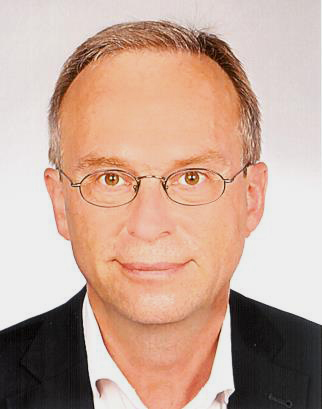
Werner Rühm
has been Acting Director of the Institute of Radiation Protection. He leads the Medical and Environmental Dosimetry Group at the Helmholtz Center Munich, Germany and is Professor at the Medical Faculty of the University of Munich. Dr. Rühm served as Chair of Committee 1 (C1) on Radiation Effects of the International Commission on Radiological Protection (ICRP) from 2016 to 2021. In 2021 he became Chair of ICRP. In addition, he is chairing ICRP Task Group (TG) 91 on “Radiation Risk Inference at Low-dose and Low-dose Rate Exposure for Radiological Protection Purposes,” and ICRP TG 115 on “Risk and Dose Assessment for Radiological Protection of Astronauts.” From 2014 to 2020 he chaired the European Radiation Dosimetry Group, and in 2020 he was elected Chair of the German Commission on Radiation Protection. Since 2005 he has served as one of the Editors-in-Chief of the Radiation and Environmental Biophysics Journal. Dr. Rühm has published on various topics including quantification of neutron exposure of atomic-bomb survivors, cosmic-ray exposure of aircrew, the role of neutrons in risk assessment of atomic-bomb survivors, risks from low dose-rate exposures, behavior of radionuclides in the environment, internal exposures from incorporated radionuclides, and radiation measurement techniques. |
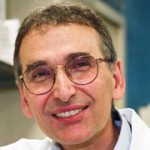
EDOUARD I. AZZAM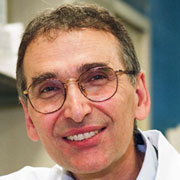 Edouard I. Azzam is Professor in the Department of Radiology at Rutgers University - New Jersey Medical School. He received his doctoral degree in the field of radiation biology from the University of Ottawa (Canada) in 1995. From 1995 to 2000, he pursued post-doctoral studies at the Harvard School of Public Health under the mentorship of Professor John B. Little. His research program has focused on elucidating the mechanisms underlying the biological effects of low doses/low fluences of ionizing radiations that differ in their biophysical characteristics. The goal is to elucidate the role of intercellular communication and oxidative metabolism in radiation-induced nontargeted effects and adaptive responses. The outcome of these investigations may be significant towards reducing the uncertainty associated with current models for predicting the long-term health risks of exposure to radiation. His studies have been funded by the National Institutes of Health, the National Aeronautics and Space Administration, and the U.S. Department of Energy; and they have resulted in the training of numerous students and post-doctoral fellows who remain engaged in unraveling the biochemical events underlying the responses of human cells to ionizing radiation. |
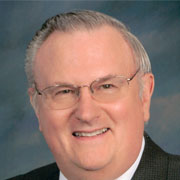
JOHN D. BOICE, JR.
is Professor of Epidemiology at Vanderbilt University School of Medicine. He is Past President of NCRP (2012 to 2018) and currently the Director of Science. After being awarded Doctor of Science in Epidemiology from Harvard University Dr. Boice went on to join the world-renowned National Cancer Institute (NCI) where he developed, and then in 1984 became the first chief of, the Radiation Epidemiology Branch. He remained in the U.S. Public Health Service (USPHS) for 27 y retiring as Captain. From 1997 to 2017, he was a member of the Main Commission of the International Commission on Radiological Protection, and for 25 y from 1993, a member of the U.S. delegation to the United Nations Scientific Committee on the Effects of Atomic Radiation. Dr. Boice has made substantial and significant contributions to our understanding of the risks posed by exposure to radiation, with over 550 publications in the scientific literature, many of them providing key elements for the scientific basis of radiological protection. He has been invited to deliver many distinguished lectures, including the Lauriston Taylor Lecture of the NCRP and the Sievert Lecture of the International Radiation Protection Association. His awards include the Harvard School of Public Health Alumni Award of Merit, the EO Lawrence Award from the U.S. Department of Energy, the Gorgas Medal from the Association of Military Surgeons of the United States, the outstanding alumnus award from the University of Texas at El Paso, the Distinguished Service Medal from the USPHS, the NCI Director's Award in 2021, and recently he was elected Honorary Fellow of the U.K. Society for Radiological Protection in 2022. The "John D Boice Jr Young Investigator Award" was established by NCRP in 2019 to recognize early career professionals. He currently serves on the Steering Committees for the Image Gently Alliance and for the Childhood Cancer Survivor Study (St. Jude). Dr. Boice has worked tirelessly to direct and advance the U.S. Million Person Study of nuclear workers and atomic test veterans, which will add significantly to our knowledge of the effects of prolonged exposure to low levels of radiation. |
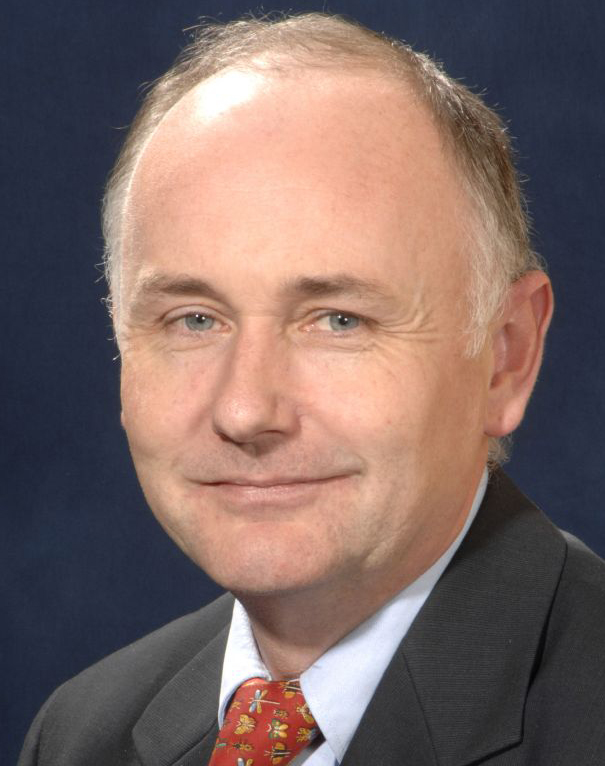
Simon Bouffler
is currently the Head of Radiation Effects Department at the Public Health England (PHE) Centre for Radiation, Chemical and Environmental Hazards. He has held several appointments at PHE and its predecessor organisations, the Health Protection Agency and National Radiological Protection Board, since 1991. Previously he held a post-doctoral research position in the Department of Zoology, University of Cambridge. Dr. Bouffler's research interests focus on the biological mechanisms of radiogenic diseases utilising mouse models and human cellular systems. Dr. Bouffler is the U.K. representative to the United Nations Scientific Committee on the Effects of Atomic Radiation and has served on the U.K. delegation since 2006. He was recently elected to the Main Commission of the International Commission on Radiological Protection (ICRP) having served as Vice-Chair of ICRP's Committee 1 from 2013 to 2017. He has published over 100 peer reviewed papers. Dr. Bouffler was educated at the University of Southampton, receiving a BSc and PhD in Biology. |
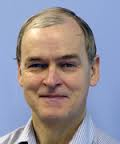
Mark P. Little
|
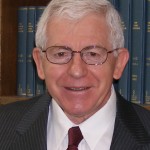
ROY E. SHORE
was a Professor and Chief of the Epidemiology Division at New York University Grossman School of Medicine before going to the Radiation Effects Research Foundation in Hiroshima-Nagasaki as Vice Chairman and Chief of Research. He is an author of over 100 radiation-related publications. He has served on numerous governmental and scholarly committees, including as a long-time member of the International Commission on Radiological Protection and NCRP, and has served on various committees or task groups for the United Nations Scientific Committee on the Effects of Atomic Radiation (UNSCEAR), the World Health Organization, the National Academy of Sciences, the National Cancer Institute, and the U.S. Environmental Protection Agency, among others. Most recently, he evaluated the projected health effects of the Fukushima radiation accident for UNSCEAR. His interests include the effects of radiation on both cancer and noncancer disease incidence, and understanding the epidemiologic and biological modification of radiation effects by various environmental, genetic and age factors. Recent publications have particularly focused on the effects of low-dose and low dose-rate radiation. |

Igor Shuryak
Dr. Shuryak's training and experience have been interdisciplinary, starting with biology (BA from Columbia University) and medicine (MD from State University of New York Downstate College of Medicine). He received a PhD degree with distinction from the Department of Environmental Health Sciences (Columbia University, Mailman School of Public Health) for work on combining both short- and long-term time scales in mechanistic modeling of radiation-induced carcinogenesis. |

MICHAEL M. WEIL is a professor in the Department of Environmental and Radiological Health Sciences at Colorado State University (CSU). His research, which takes advantage of murine models of radiation carcinogenesis and leukemogenesis, is focused on understanding how radiation exposure can lead to cancer and why some individuals may be more susceptible than others. At CSU, Dr. Weil teaches a graduate level course in cancer genetics and lectures in courses on cancer biology, environmental carcinogenesis, principles of radiation biology, and the pathobiology of laboratory animals. Dr. Weil earned his PhD in Microbiology from the University of Texas at Austin and was trained in cancer genetics and radiation biology in the Department of Biochemistry and Molecular Biology Biochemistry and the Department of Experimental Radiotherapy at the University of Texas M.D. Anderson Cancer Center. Dr. Weil is a former Radiation Research Society council member and has served on National Institutes of Health, U.S. Department of Defense, and National Aeronautics and Space Administration grant review panels. |
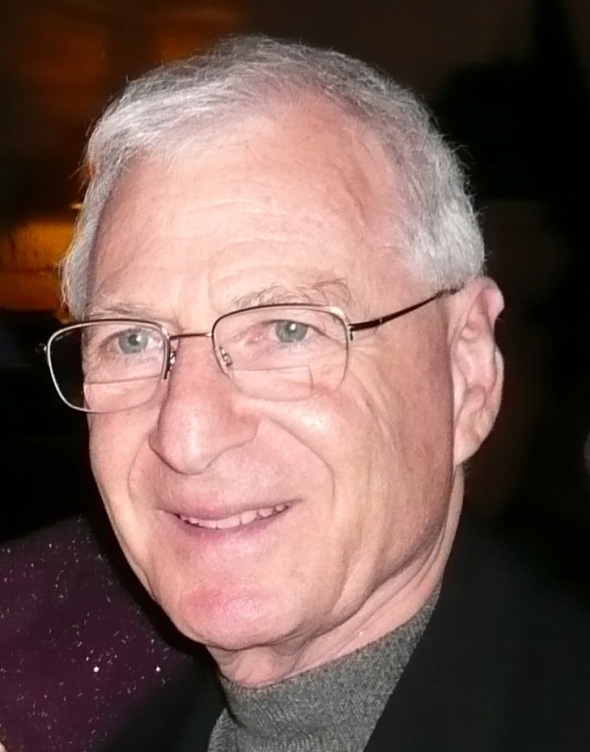
MARVIN ROSENSTEIN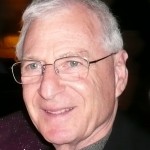 is a consultant, currently concentrating on the preparation of scientific reports produced by NCRP in all subject areas. From 1982 to 1995, he was Director, Office of Health Physics at the Center for Devices and Radiological Health, U.S. Food and Drug Administration. He also served in a number of scientific and management positions related to radiation protection during his 33 y career as a Commissioned Officer in the U.S. Public Health Service, from 1962 to 1995. He received a BS in Chemical Engineering (University of Maryland, 1961), an MS in Environmental Engineering (Rensselaer Polytechnic Institute, 1966) and a PhD in Nuclear Engineering (University of Maryland, 1971). His technical work has concentrated on radiation dosimetry, particularly with regard to x rays used for medical diagnosis, epidemiological studies of exposed populations, and public radiation emergencies. He is a Distinguished Emeritus Member of NCRP (after serving as a Council member for 18 y), and an Emeritus member of Committee 3 (Protection in Medicine) of the International Commission on Radiological Protection [after serving on Committee 3 for 28 y (1985 to 2013)]. He was also a member of the International Commission on Radiation Units and Measurements report committee that produced Report 74, Patient Dosimetry for X Rays Used in Medical Imaging. |




 News & Events
News & Events